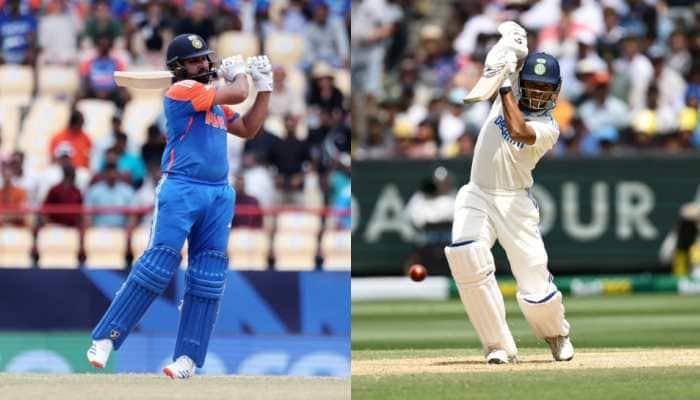Lunar Eclipse July 27-28, 2018: Here's how you can witness the rare Chandra Grahan
Young space enthusiasts may have to hope for clear skies to be able to view the breathtaking phenomenon.
Trending Photos
) Pic courtesy: Pixabay image for representation purpose only.
Pic courtesy: Pixabay image for representation purpose only. Mumbai: If you are a stargazer and are fond of science and astronomy, then the intervening night of July 27-28 is of great significance to you. The century's longest Lunar Eclipse or Purna Chandra Grahan is expected to be witnessed by the world. Except for North America, the rest of the continents will be able to behold the once-in-a-lifetime sight.
As the scientists across the country gear up to witness the longest total lunar eclipse of the 21st century - which will coincide with the closest approach of Mars to our planet - experts say that cloudy skies are likely to mar the event for ordinary people.
Young space enthusiasts may have to hope for clear skies to be able to view the breathtaking phenomenon.
"People in Jammu & Kashmir, and Tamil Nadu are most likely to be able to witness the event clearly," Aniket Sule, Chair of the Public Outreach and Education Committee (POEC) of Astronomical Society of India, told PTI.
Interestingly, astronomers have encouraged people to enjoy the beautiful sight. They have appealed to people to do away with superstitious beliefs and take part in an initiative that will let people witness a spellbinding celestial occurrence.
Astronomers have appealed to Indians to upload selfies with the hashtag #EclipseEating while enjoying food during the longest eclipse of the 21st century on Friday.
From start to finish, the entire celestial event will last nearly four hours.
On the night of July 27, the total lunar eclipse will coincide with another relatively rare celestial phenomenon known as the Mars opposition.
At 10:37 pm IST, Mars, Earth, and the Sun will be along as straight a line as possible.
Mars would rise around the sunset time and will set around the time of sunrise. An opposition happens when Mars is the closest to Earth in its orbit, both on the same side of the Sun.
The total phase of the "blood moon" eclipse of July 27 will last one hour and 43 minutes, during which Earth's natural satellite will turn a spectacular red or ruddy-brown colour.
According to space.com, in India, if the sky is clear enough to let a clean viewing of space, then one can watch the spectacle beginning at around 10:44 pm. At this time, the moon will be above the horizon. The umbral phase will begin at 11:54 pm. By about 1 am, the Moon will start to appear red and ar around 2.43, it will reach the tip of the umbra and emerge at around 3.49am.
Here's what you need to do to witness the rarest sight:
You must have the patience to sit through the entire duration to watch the transition and the changes in the colour of the moon and its size.
If you have a telescope, then you can watch the finest details too. You can also watch the phenomenon through a binocular. But if you don't have one, worry not. You can still view it with your naked eyes. You can also view it through the lens of your camera and capture some of the jaw-dropping moments in your frame.
Here's hoping cloudy skies and rains don't play spoilsports.
(With PTI inputs)
Stay informed on all the latest news, real-time breaking news updates, and follow all the important headlines in india news and world News on Zee News.
Live Tv







)
)
)
)
)
)
)
)
)
)
